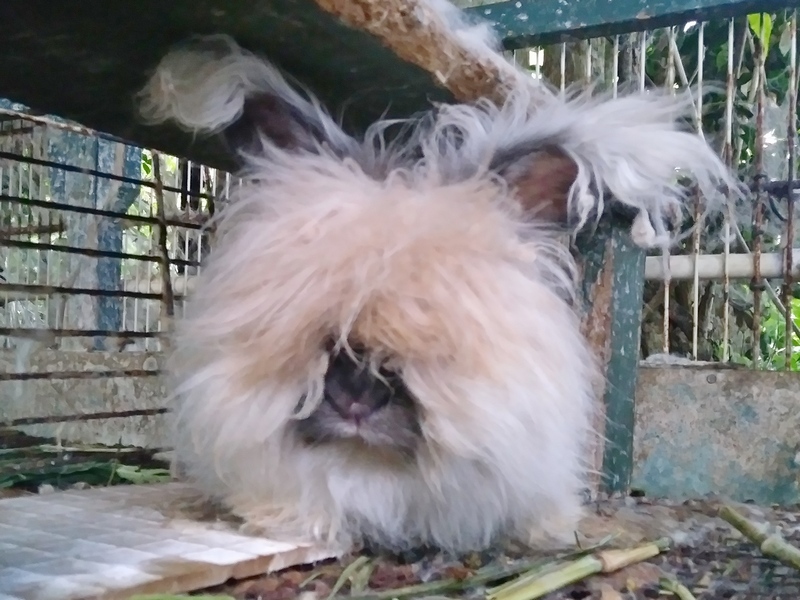Something I've found very elusive in my study of rabbit genetics has been details about the modifier genes.
I've seen them mentioned over and over on many sites, mostly in the form of "there are also modifier genes like rufus, plus/minus (blanket/spot) modifiers, and color intensifiers." And that's all they say!
The rufus modifier seems fairly well explained in a few places, and I believe I understand the concept of the plus/minus or blanket/spot modifiers (adds to or removes patterning on patterned rabbits, which could lead to booted rabbits on broken, or more heavily Vienna marked rabbits, etc) but I can't find any literature about it. As far as colour intensifiers go, the only other one I can find aside from rufus is n, for niger, which can affect how black a black rabbit is.
If anyone has any further reading I can do on these, please share! Or let me know your experiences with modifiers. Are there any more that I'm missing?
Similar to these modifiers for coat, I've heard people call the polygenes that affect gigantism and lopped ears modifiers too. That tracks for me, since neither has a distinct gene (like dw for dwarfism, or M for maned). Have any studies been done on lops and giants, do you have any more information about that you could share? Anything else in the realm of modifiers worth discussing? Perhaps body type, like rabbits being more upright versus compact?
I've seen them mentioned over and over on many sites, mostly in the form of "there are also modifier genes like rufus, plus/minus (blanket/spot) modifiers, and color intensifiers." And that's all they say!
The rufus modifier seems fairly well explained in a few places, and I believe I understand the concept of the plus/minus or blanket/spot modifiers (adds to or removes patterning on patterned rabbits, which could lead to booted rabbits on broken, or more heavily Vienna marked rabbits, etc) but I can't find any literature about it. As far as colour intensifiers go, the only other one I can find aside from rufus is n, for niger, which can affect how black a black rabbit is.
If anyone has any further reading I can do on these, please share! Or let me know your experiences with modifiers. Are there any more that I'm missing?
Similar to these modifiers for coat, I've heard people call the polygenes that affect gigantism and lopped ears modifiers too. That tracks for me, since neither has a distinct gene (like dw for dwarfism, or M for maned). Have any studies been done on lops and giants, do you have any more information about that you could share? Anything else in the realm of modifiers worth discussing? Perhaps body type, like rabbits being more upright versus compact?




